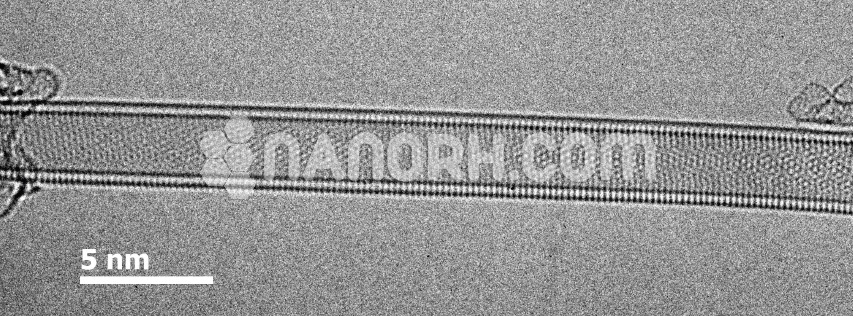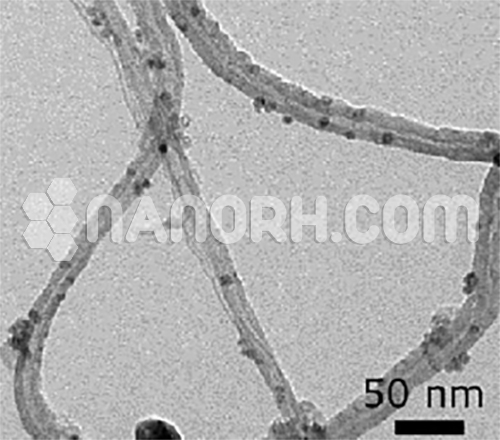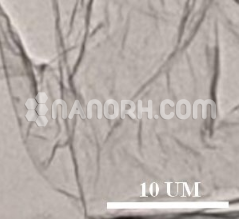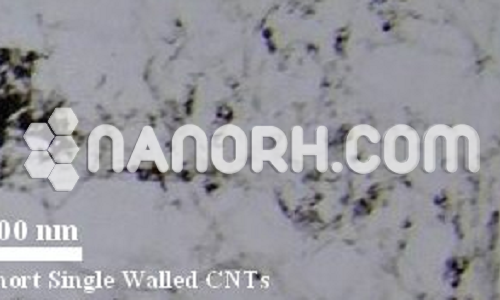| Double-walled Carbon Nanotubes | |
| Product No | NRE-33003 |
| CAS No | 308068-56-6 |
| Purity | > 98wt% |
| Average Diameter | 2-4 nm |
| Average Length | 5-20 um |
| Specific Surface Area(SSA) | 350m2/g(BET) |
| Tap Density | 0.14g/cm3 |
| True Density | 2.1g/cm3 |
| Electric Conductivity | > 100 S/cm |
| Volume Resistivity | 0.1-0.15 ohm.cm |
| Method of production | CVD or Electric arc |
Potential applications of carbon nanotubes are:
Introduction:
Double-walled carbon nanotubes are a unique class of nanomaterials consisting of two concentric layers of carbon nanotubes. This structure combines the properties of both Double-walled carbon nanotubes and multi-walled carbon nanotubes (MWCNTs), offering enhanced mechanical strength, electrical conductivity, and thermal stability.
Applications
Biomedical Applications:
Drug Delivery: DWCNTs can be functionalized to encapsulate and deliver drugs, enabling targeted therapy with reduced side effects. Their ability to traverse biological barriers enhances their potential in cancer treatment and other therapies.
Biosensors: Their surface properties can be tailored for use in biosensors, providing high sensitivity for detecting biological molecules, pathogens, and biomarkers.
Composite Materials:
Reinforcement: are often added to polymers, metals, and ceramics to improve mechanical strength, electrical conductivity, and thermal properties, leading to lightweight and durable materials for aerospace, automotive, and construction applications.
Energy Storage and Conversion:
Batteries and Supercapacitors: DWCNTs enhance the performance of energy storage devices by increasing charge capacity and cycling stability, making them suitable for advanced battery and supercapacitor technologies.
Fuel Cells: Their high conductivity makes effective in improving the performance of fuel cell electrodes.
Electronics:
Transistors and Conductive Films: can be utilized in the fabrication of high-performance transistors and conductive films, leveraging their excellent electrical properties for applications in flexible and wearable electronics.
Thermal Management:
Heat Dissipation: With superior thermal conductivity, are used in thermal interface materials and heat sinks, improving heat dissipation in electronic devices and systems.
Environmental Applications:
Pollutant Removal: can adsorb heavy metals and organic pollutants from water, making them effective for environmental remediation and water treatment processes.




